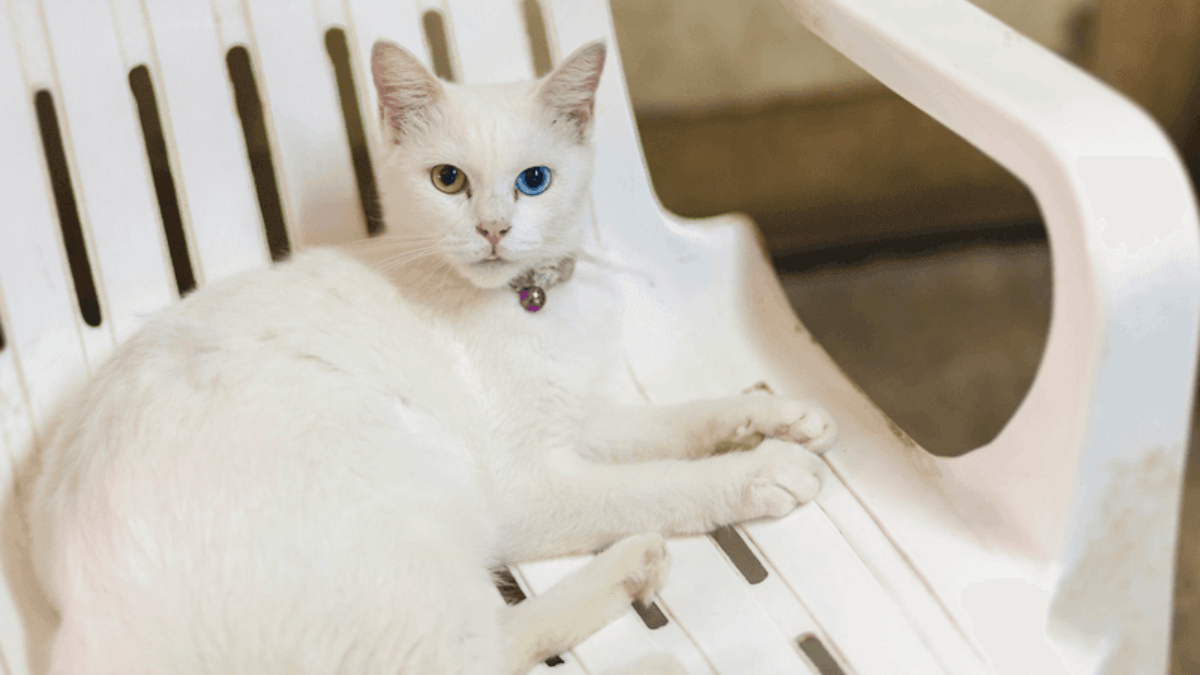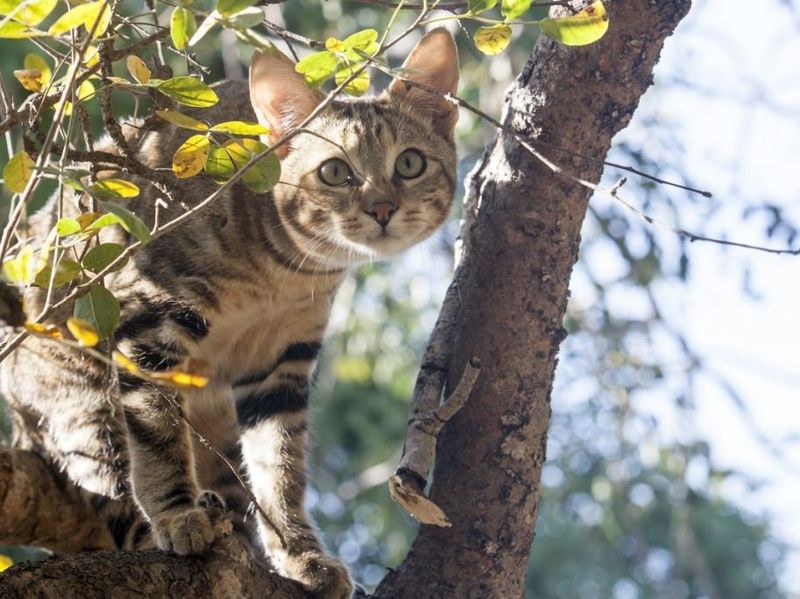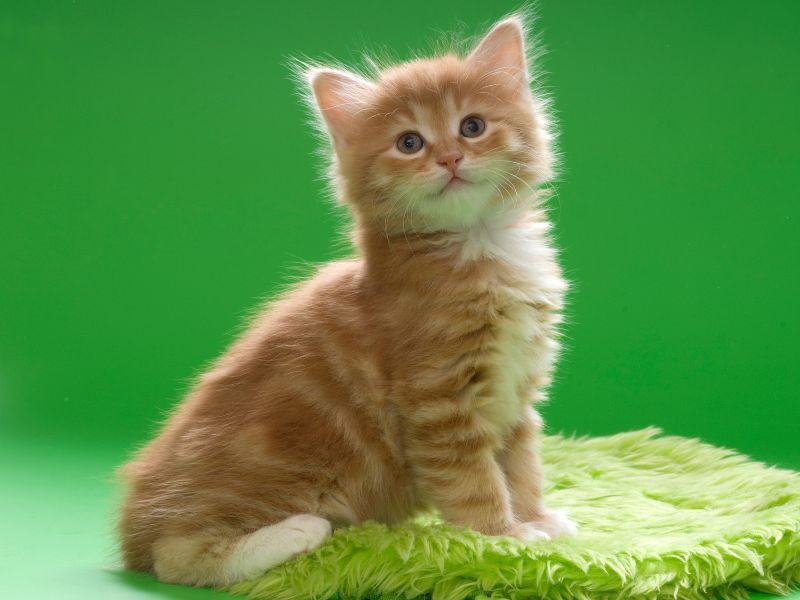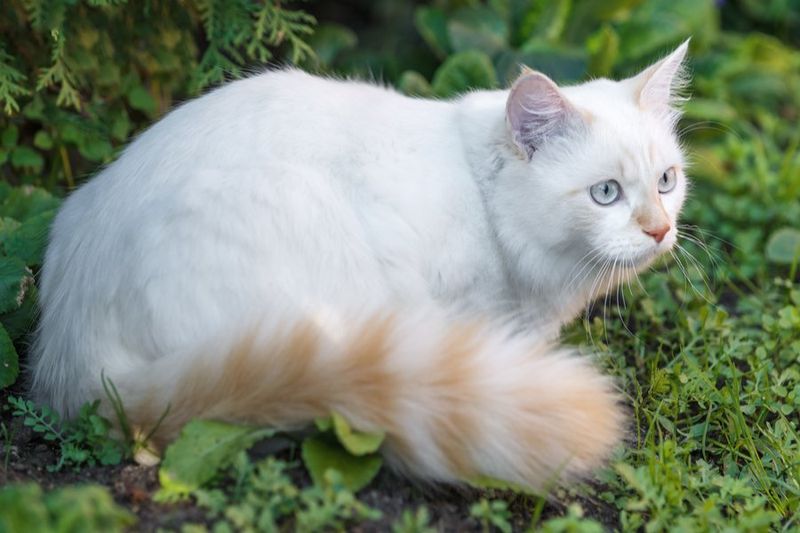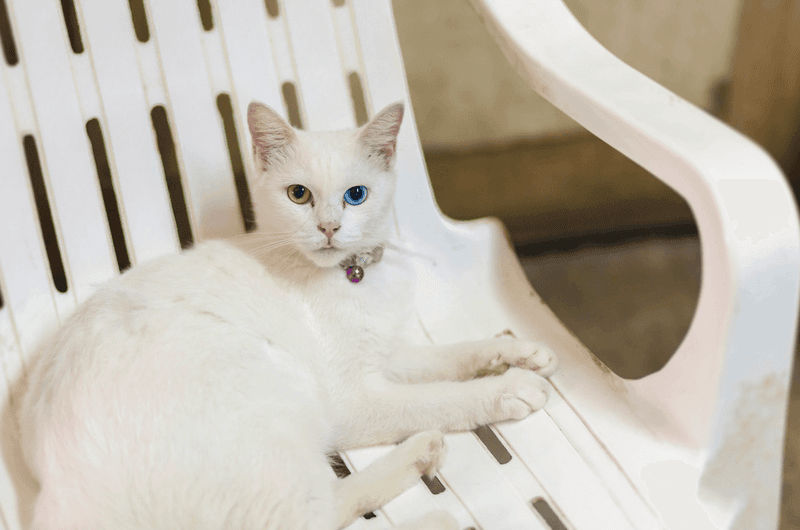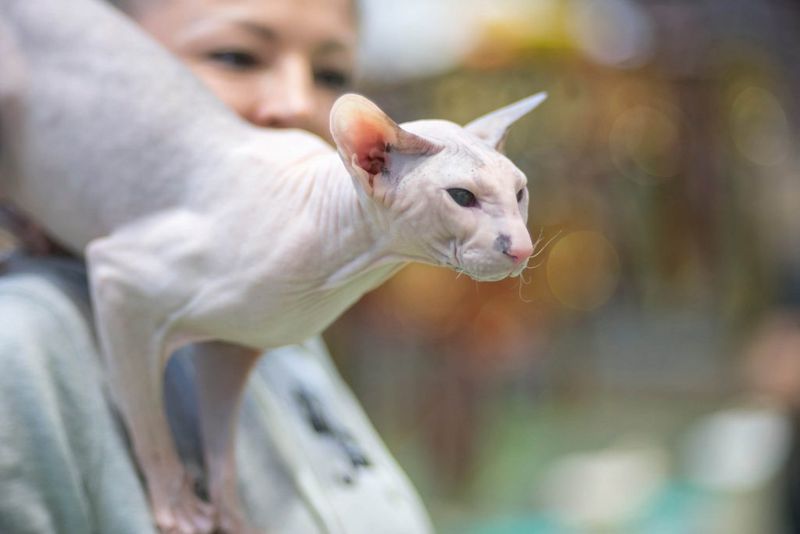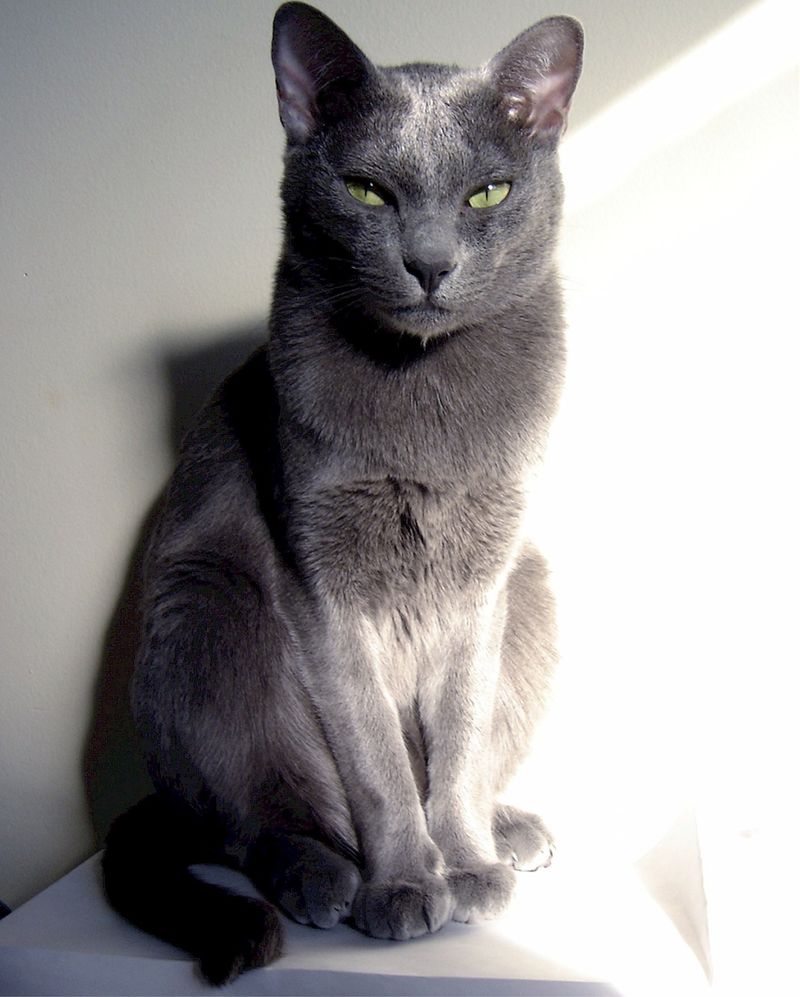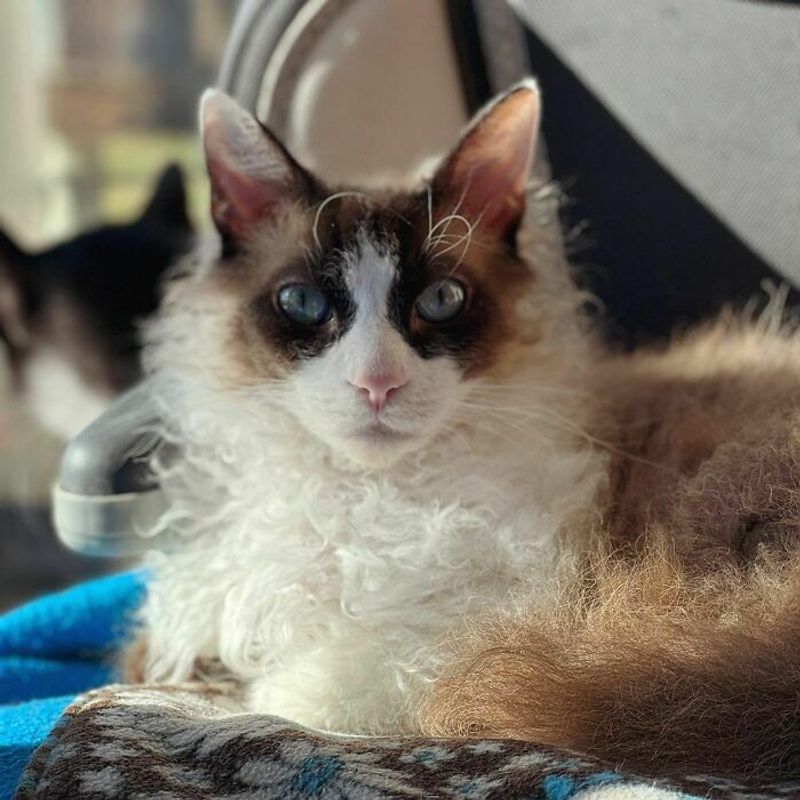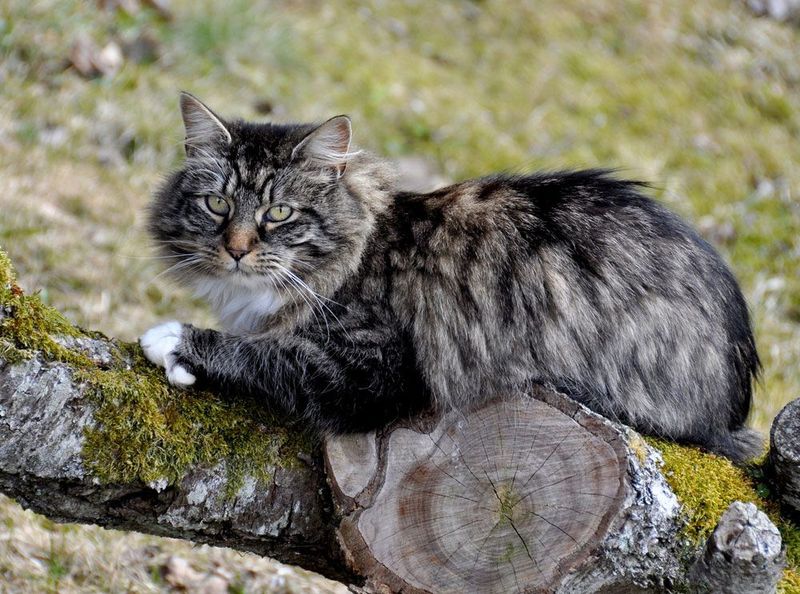📖 Table of Content:
Across the United States, most cat lovers are well-acquainted with iconic breeds like Maine Coons and Siamese. However, beyond the familiar names lies a world of rare feline breeds that are seldom seen outside specialized circles. These rarities are not only difficult to find but often come with a hefty price tag and long waiting lists that can stretch for years.
Many of these uncommon breeds come from distant corners of the world, where strict export regulations make them even more elusive. Their rarity and high demand often result in additional challenges for those wishing to adopt them. Along with their uniqueness, some of these breeds also require special care or attention, making them more suited to experienced cat owners.
For those with a deep passion for felines, discovering these rare breeds can be an exciting venture. While they may not be found in your typical neighborhood, they certainly capture the fascination of those lucky enough to encounter them. The following list reveals some of the most elusive cat breeds that remain a mystery for most.
1. Sokoke
Originally discovered in Kenya’s Arabuko-Sokoke forest, these cats represent one of the world’s rarest domesticated breeds. Their distinctive brown-tinted coats display marble-like patterns unlike any other domestic cat, resembling the forest floor where they were first found.
Conservation efforts nearly prevented Sokokes from leaving Africa entirely. A small breeding population exists in Europe, but fewer than 100 registered Sokokes can be found in North America.
Their athletic build and remarkable intelligence make them extraordinary companions. Sokokes form intense bonds with their humans while maintaining a somewhat wild demeanor, reflecting their recent transition from forest dwellers to house pets.
2. Kurilian Bobtail
Hailing from Russia’s remote Kuril Islands, these natural bobtailed cats evolved their distinctive stubby tails without human intervention. Each Kurilian’s tail is completely unique – like a fingerprint – ranging from a small pom-pom to a curved rabbit-like stub.
Despite their robust build and weather-resistant triple coat, Kurilians remain virtually unknown in America. The fall of the Soviet Union allowed a few cats to reach Europe, but their journey to the U.S. has been extremely limited.
Hardy and excellent hunters, these cats thrive in cold climates and love water – often fishing in shallow streams. Their friendly, dog-like personalities contrast with their wild appearance, making them beloved companions in their native Russia.
3. Turkish Van
Famous for their love of swimming, Turkish Vans bear the nickname “swimming cats” due to their water-resistant coats and unusual aquatic enthusiasm. Their distinctive coloration – mostly white with colored markings on the head and tail – creates the appearance of a cat wearing a colored cap and scarf.
The breed originated near Lake Van in Turkey, where they’ve existed for thousands of years. Their rarity in America stems from Turkey’s protective stance toward the breed, considering them a national treasure with limited export permissions.
A full-grown Van can weigh up to 18 pounds, with powerful hind legs that make them exceptional jumpers. Their intelligence and playful nature continue well into adulthood, but they typically bond strongly with only one or two family members.
4. Khao Manee
Known as the “White Gem” in Thailand, the Khao Manee cat features a stunning snow-white coat and captivating jewel-toned eyes. These cats were once exclusively owned by Thai royalty, making them one of the oldest and most cherished breeds in their homeland.
The Khao Manee only gained recognition from major cat associations in the last decade. Their scarcity in America stems from their protected status in Thailand and limited breeding programs outside their country of origin.
These social, intelligent felines typically cost between $1,500-$3,000 when available. Their playful personalities and distinctive appearance make them highly sought after by serious cat enthusiasts.
5. Peterbald
Born from experimental breeding in Russia during the 1990s, the Peterbald combines the hairless gene with Oriental Shorthair elegance. Unlike the completely hairless Sphynx, Peterbalds can be born with five different coat types, ranging from completely bald to a fine peach-fuzz covering.
Their wrinkled skin feels warm and similar to chamois leather. Most fascinating is how their coat can change throughout their lifetime – a kitten born with hair might gradually lose it, while others maintain their unique fuzzy covering.
The breed’s extreme rarity in America comes from both limited breeding programs and their specialized care requirements. Their lack of protective fur means they need protection from sun, cold, and even rough handling that could damage their delicate skin.
6. Korat
Silver-blue fur that appears to shimmer with each movement makes the Korat instantly recognizable. This ancient Thai breed was considered a living good luck charm for centuries, often given as gifts to newlyweds or highly respected individuals to bring prosperity.
Korats have heart-shaped faces when viewed from the front – a distinctive feature cat enthusiasts adore. Their large green eyes develop slowly, starting as amber in kittens and gradually transforming to brilliant emerald in adulthood.
Traditionally never bred specifically for sale in Thailand, authentic Korats remain exceedingly rare worldwide. Those found in America typically descend from a small number of cats imported in the 1950s. Their quiet, gentle personalities and strong attachment to their families make them treasured companions.
7. LaPerm
Born from a spontaneous genetic mutation on an Oregon farm in 1982, the LaPerm features distinctive curly fur that resembles a soft, wavy permanent. The founding cat, a completely bald kitten named Curly, developed her unusual coat over several months, surprising her owners.
LaPerms can be born with straight hair that later curls, or completely bald before developing their signature curls. Their coats vary dramatically – some have tight ringlets while others display gentle waves, with the curliest fur typically around their neck, forming a distinctive ruff.
Despite their American origin, LaPerms remain one of the rarest breeds nationwide with fewer than 300 registered cats. Their gentle, people-oriented nature and hypoallergenic properties make them highly sought after by those lucky enough to discover the breed.
8. Norwegian Forest Cat
Legends claim these majestic cats accompanied Vikings on sea journeys as skilled mousers and beloved companions. Their massive size – males can reach 16-20 pounds – and thick, water-resistant double coat evolved to survive Scandinavia’s harsh winters.
Norwegian Forest Cats feature tufted ears, bushy tails, and almond-shaped eyes that give them a wild, lynx-like appearance. Their hind legs stand taller than their front, creating a distinctive silhouette and allowing them to excel at climbing. While gaining popularity in Europe, they remain surprisingly scarce in American homes.
Patient and independent, these cats take up to five years to fully mature. Their rarity stems partly from being nearly extinct after World War II before dedicated breeding programs saved them. In Norway, they’re called “Skogkatt” and are considered a national treasure.
